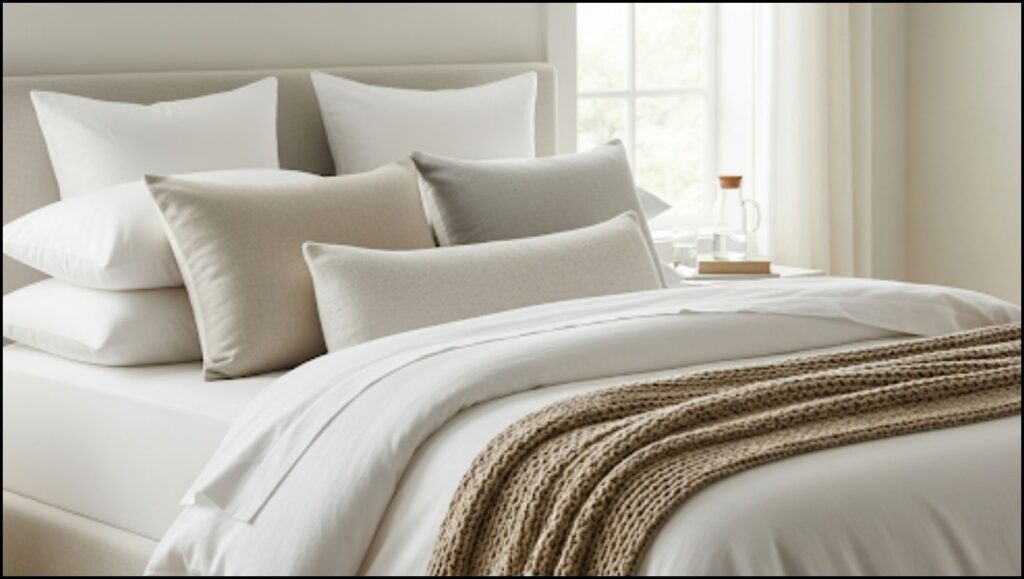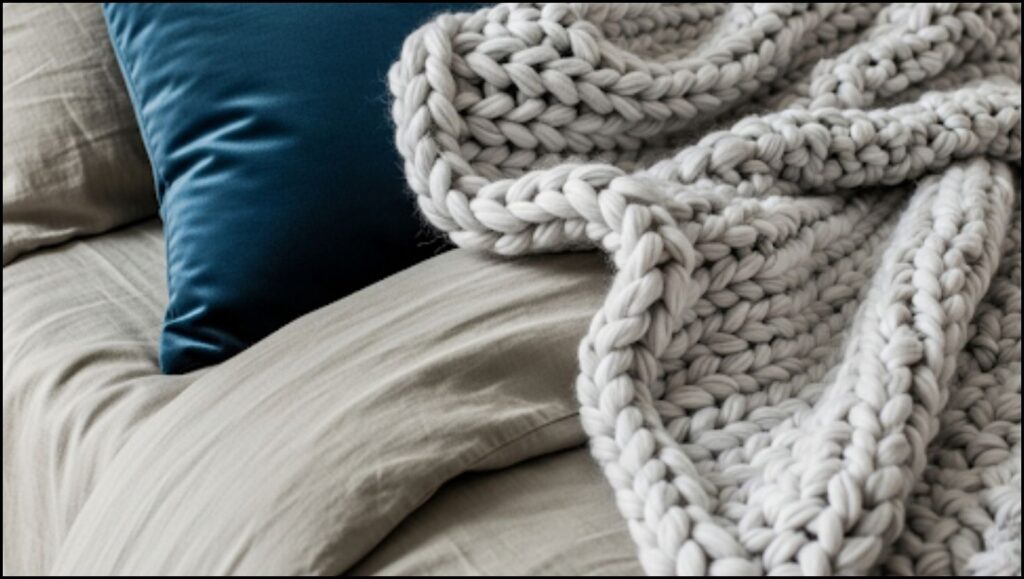
As homeowners increasingly view their personal spaces as sanctuaries for well-being, the art of styling a bed has evolved into a meticulous design practice. Known as creating a beautiful bedscape, this approach transforms the bed from a simple piece of furniture into a layered, textural, and aesthetically pleasing focal point of the bedroom.
The Core Components of a Well-Styled Bed
Interior designers report a methodical approach to building a bedscape, focusing on layers that add depth, comfort, and visual interest. This process moves from the base essentials to the final decorative accents, ensuring both function and form are addressed. Creating a beautiful bedscape is not about piling on pillows, but about a deliberate selection of complementary elements.
“A well-made bed is a simple luxury that sets the tone for your whole day,” said Shea McGee, co-founder and creative director of design firm Studio McGee, in a guide published on her company’s website. Experts generally agree that the process can be broken down into three fundamental stages.
Interior Designers Share Core Principles for a Beautiful Bedscape
| Key Layer | Function & Purpose | Expert Tip |
| Foundation | Sheets, sleeping pillows, and a light coverlet or quilt. This is the functional base for comfort and sleep. | Choose high-quality, breathable materials like long-staple cotton or linen for the layers closest to the skin. |
| Dimension | A duvet or comforter, often folded. This layer adds volume, warmth, and is a primary visual element. | Fold a duvet in thirds at the foot of the bed to reveal the sheet and coverlet layers, creating visual depth. |
| Accent | Decorative shams, throw pillows, and a textural throw blanket. These are the finishing touches for color and personality. | A common formula is two large Euro shams, two standard shams, and one to three smaller accent pillows. |
Expert Principles for Styling Your Bed
Achieving a polished look involves more than just acquiring the right pieces; it requires applying fundamental design principles of texture, color, and composition.
Mastering Texture and Material
A key element that elevates a bed from standard to styled is the interplay of different textures. Combining materials like crisp cotton percale, soft linen, chunky knit wool, and smooth velvet creates a rich, inviting appearance.
Texture is what makes a room feel layered and collected,” explained Los Angeles-based interior designer Jeremiah Brent in an interview with Elle Decor. “On a bed, that could mean a linen duvet, velvet pillows, and a cashmere throw. It’s that mix that feels sophisticated.
Using a variety of materials prevents a monochromatic or simple color scheme from appearing flat. For example, a bed styled in shades of white can look dynamic by incorporating a puckered linen quilt, smooth cotton sateen sheets, and a fluffy mohair throw. This focus on layered bedding is central to the bedscape concept.
A Harmonious Color Palette
While personal preference dictates color, design professionals often advise starting with a neutral foundation for sheets and the duvet. This allows for greater flexibility with accent colors in pillows and throws, which can be easily updated seasonally or as trends change.
A common strategy is to select three to four colors in a cohesive palette. This might include a dominant neutral (white, cream, or gray), a secondary supporting color, and one or two accent shades for visual impact. Pulling colors from other elements in the room, such as a rug, artwork, or curtains, helps to unify the overall bedroom design.
Achieving the “Effortlessly Chic” Look
A hallmark of a modern, beautiful bedscape is an appearance that is styled yet relaxed. Designers achieve this “effortless” look through specific techniques. One popular method is the “duvet chop,” where a karate-style chop to the top of a down or down-alternative pillow creates a casual-looking crease.
Another technique involves the arrangement of throws and duvets. Rather than pulling a comforter up to the top, many designers fold it into thirds and lay it across the bottom half of the bed. A throw blanket can then be draped artfully over a corner or laid neatly across the folded duvet.

The Psychological Impact of a Well-Designed Bed
The growing interest in bedscaping aligns with a broader wellness trend focused on optimizing the home environment for mental health. According to a 2011 study from Princeton University, a cluttered and disorganized environment can lead to decreased focus and increased stress. While the study did not focus specifically on bedrooms, its principles are widely applied to sleep hygiene.
The National Sleep Foundation, a U.S. nonprofit, recommends creating a sleep environment that is quiet, dark, cool, and comfortable. Experts in environmental psychology suggest that an organized and aesthetically pleasing bedroom can contribute to a sense of calm and order, signaling to the brain that it is time to rest. The ritual of making the bed each morning can also serve as a “keystone habit” that fosters other productive behaviors throughout the day, a concept discussed in Charles Duhigg’s book, “The Power of Habit.”
“Your bedroom should be a sanctuary,” states Dr. Rebecca Robbins, a sleep researcher and co-author of “Sleep for Success!” in a public advisory. “Making your bed, ensuring it’s a comfortable and appealing place to be, is a small but meaningful part of sleep hygiene that can promote a more restful mindset.” As people continue to invest more time and resources into their homes, the focus on details like how to style your bed is expected to grow. It represents a shift towards viewing home design not just as a matter of aesthetics, but as an integral component of personal well-being.
How to Clean Walls Before Painting: The Overlooked Step Experts Say Is Crucial for a Flawless Finish
